New Orleans Seasoning: A Flavor-Packed Journey Through Spice and Soul
Table of Contents
- Introduction to New Orleans Seasoning
- What Makes Up This Legendary Mix?
- Creative Ways to Use New Orleans Seasoning in Your Kitchen
- From the Streets of NOLA to Your Spice Rack: The History Behind the Blend
- How Does It Compare to Other Regional Spice Blends?
- Pro Tips for Storing, Using, and Customizing the Seasoning
- Conclusion: Let the Spirit of New Orleans Seasoning Spice Up Your Life
Introduction to New Orleans Seasoning
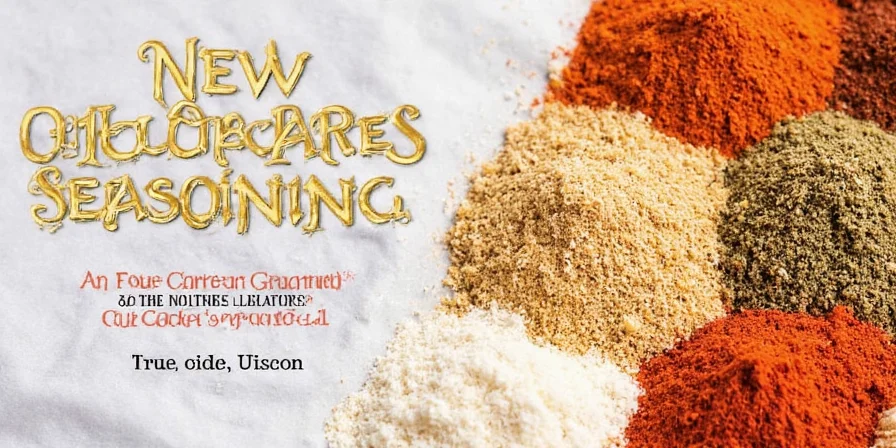
If you’ve ever tasted a plate of gumbo, jambalaya, or grilled shrimp that made your soul do a happy dance, chances are you’ve encountered the magic of New Orleans seasoning. This bold, zesty blend is the backbone of Creole and Cajun cuisine, bringing together warmth, heat, and earthiness in one unforgettable mix.
But what exactly is New Orleans seasoning? Is it the same as Cajun spice? Can you make your own at home? And how can you use it beyond just traditional Southern dishes? In this article, we’ll dive deep into this iconic blend, complete with ingredient breakdowns, usage tips, historical insights, and even a handy comparison chart!
What Makes Up This Legendary Mix?

New Orleans seasoning is a complex but versatile blend rooted in both Cajun and Creole traditions. While different families and chefs may have their own secret tweaks, most versions include:
- Paprika – Adds color and mild sweetness
- Garlic powder – For savory depth
- Onion powder – Boosts umami
- Black pepper – Adds bite
- Cayenne pepper – Brings the heat
- Dried thyme – Earthy herb notes
- Dried oregano – Mediterranean flair
- Salt – Enhances overall flavor (optional or reduced in some blends)
Some blends might also include mustard powder, celery salt, or even a dash of lemon zest. The key is balance — enough heat to make you sweat, but not so much that it overpowers the other flavors.
Creative Ways to Use New Orleans Seasoning in Your Kitchen
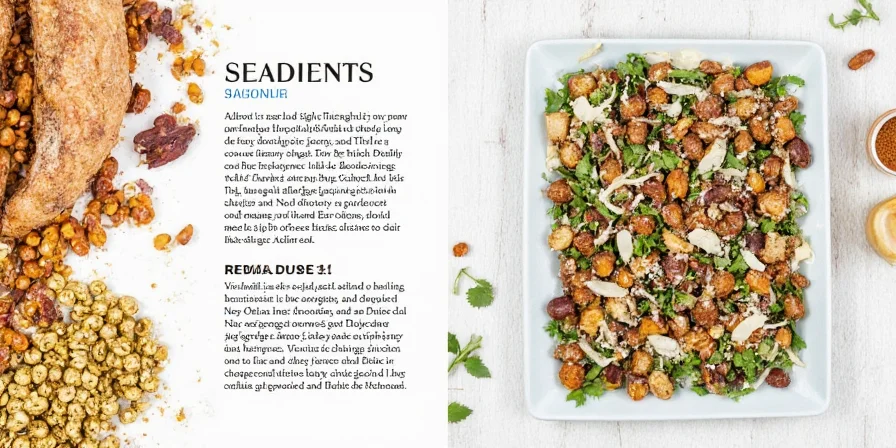
You don’t need to live in Louisiana to enjoy this flavorful spice mix! Here are 7 delicious ways to incorporate New Orleans seasoning into your everyday cooking:
- Season meats: Rub onto chicken, pork, or beef before grilling or roasting.
- Spice up seafood: Perfect on shrimp, crawfish, catfish, or salmon.
- Elevate eggs: Sprinkle on scrambled eggs or omelets for a spicy breakfast kick.
- Kick up roasted veggies: Toss cauliflower, sweet potatoes, or corn with a bit of oil and seasoning before baking.
- Make your own seasoned salt: Combine with coarse sea salt for a ready-to-go all-purpose rub.
- Add to dressings and dips: Stir into mayo, sour cream, or ranch for an instant zesty sauce.
- Spice up popcorn: Yes, really! For a fun twist, toss freshly popped kernels with melted butter and a sprinkle of New Orleans seasoning.
From the Streets of NOLA to Your Spice Rack: The History Behind the Blend
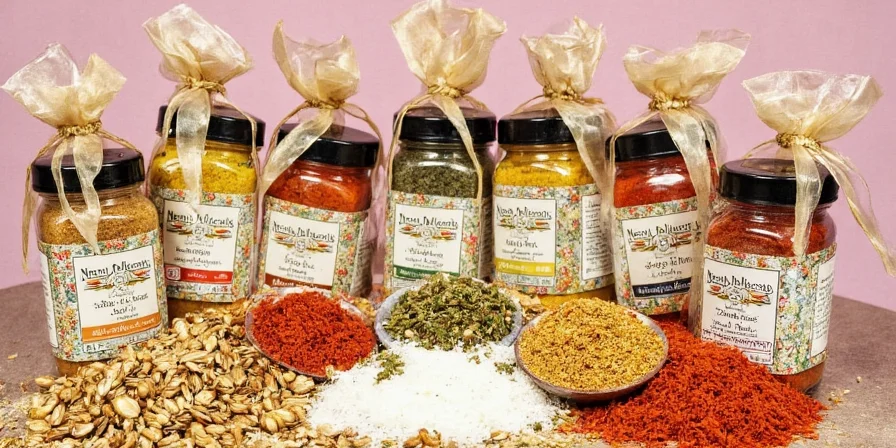
New Orleans seasoning didn’t come from a single inventor’s kitchen—it evolved from the rich culinary traditions of the American South. Influenced by French, Spanish, African, and Native American flavors, the seasoning reflects the melting pot culture of New Orleans itself.
The modern blend gained popularity in the 1980s thanks to Chef Paul Prudhomme, who marketed a version called “Cajun Seasoning.” But while the name stuck, the seasoning itself has roots that go back centuries. Today, variations abound, with each chef and home cook adding their own personal touch—some prefer more heat, others lean into the herbs or garlic.
How Does It Compare to Other Regional Spice Blends?
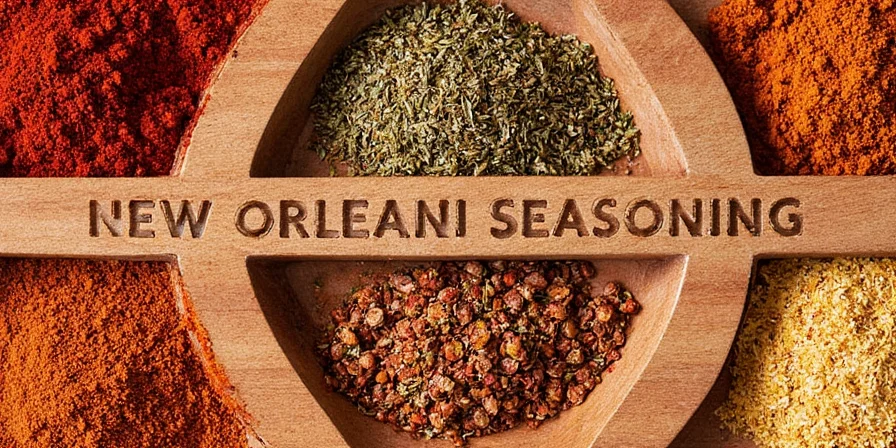
To help you understand where New Orleans seasoning fits in the global spice map, here's a quick side-by-side comparison with other popular regional spice blends:
| Spice Blend | Origin | Key Ingredients | Flavor Profile | Best Uses |
|---|---|---|---|---|
| New Orleans Seasoning | United States (Louisiana) | Paprika, garlic, onion, cayenne, thyme, oregano | Smoky, earthy, mildly spicy, herbaceous | Gumbo, jambalaya, grilled meats/seafood |
| Adobo | Puerto Rico / Latin America | Garlic, oregano, cumin, salt, pepper | Savory, garlicky, salty | Marinades, stews, rice dishes |
| Ras el Hanout | Morocco | Up to 30 spices including cardamom, cinnamon, turmeric | Warm, floral, exotic | Tagines, lamb, couscous |
| Garam Masala | India | Cumin, coriander, cloves, cinnamon, cardamom | Warming, aromatic | Curries, soups, lentil dishes |
| Tac spice | Mexico | Chili powders, cumin, garlic, oregano | Spicy, smoky, tangy | Tacos, enchiladas, salsas |
Pro Tips for Storing, Using, and Customizing the Seasoning
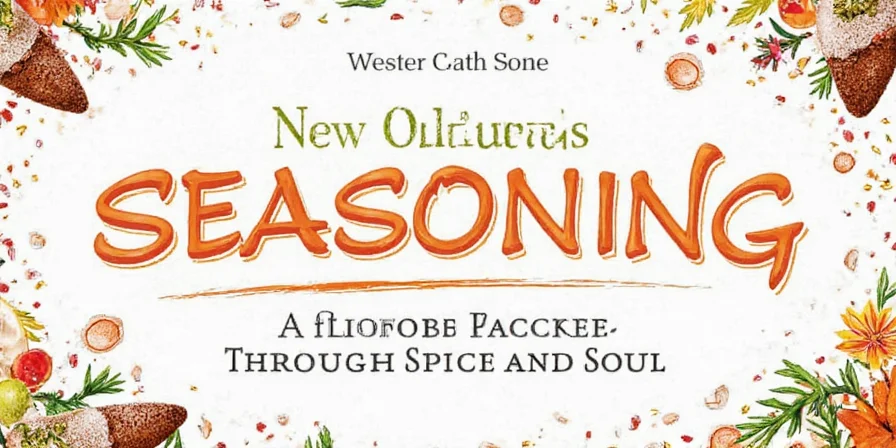
Ready to make your own blend or get more out of your store-bought version? Here are 5 pro-level tips to elevate your game:
- Make it yourself: Freshly mixed spices stay potent longer than pre-packaged blends.
- Adjust the heat: Want it spicier? Add extra cayenne. Prefer it milder? Swap cayenne with smoked paprika.
- Toast your spices: Lightly dry-toasting whole spices like peppercorns or mustard seeds before grinding enhances their aroma.
- Store it smartly: Keep in an airtight container away from heat and sunlight to preserve potency for up to six months.
- Label it uniquely: Make your family signature blend and give it a cool name like “Big Easy Fire” or “Bayou Magic Dust.”
Conclusion: Let the Spirit of New Orleans Seasoning Spice Up Your Life

New Orleans seasoning isn't just a spice mix—it's a celebration of flavor, culture, and history in every pinch. Whether you're making classic gumbo or jazzing up a Tuesday night dinner, this blend brings soulful warmth and a hint of mischief to your meals.
Now that you know the origins, ingredients, and endless uses of this legendary seasoning, why not take it for a spin in your own kitchen? Grab a jar, whip up a batch of homemade blend, and let the spirit of New Orleans turn your next meal into a party.
Remember, life’s too short for bland food—and with New Orleans seasoning on your shelf, there’s no excuse for it!

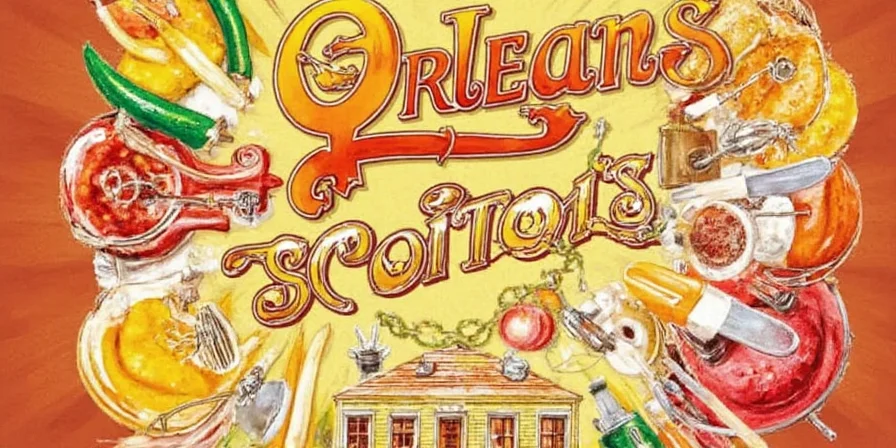









 浙公网安备
33010002000092号
浙公网安备
33010002000092号 浙B2-20120091-4
浙B2-20120091-4